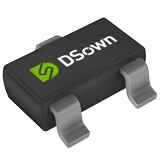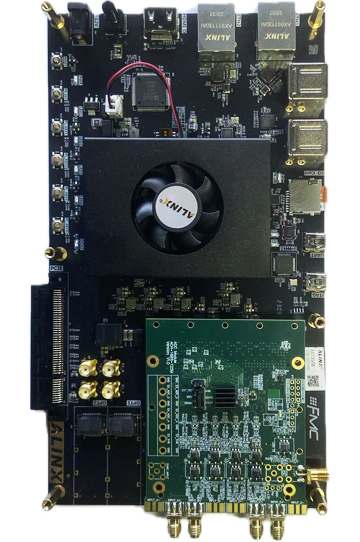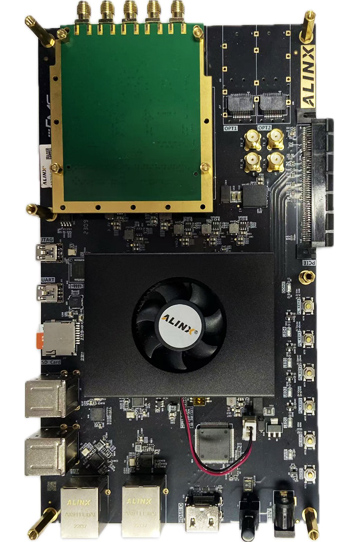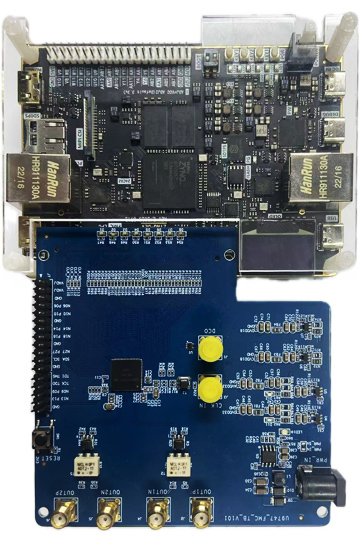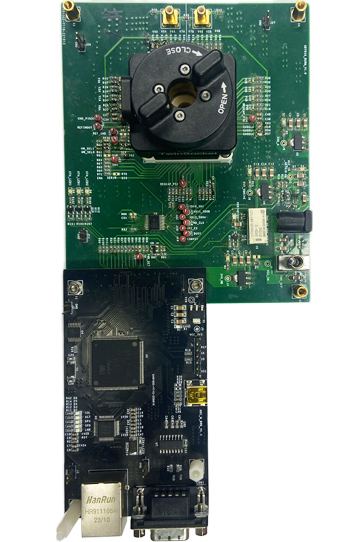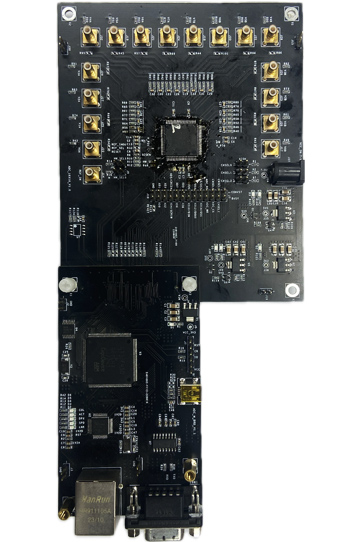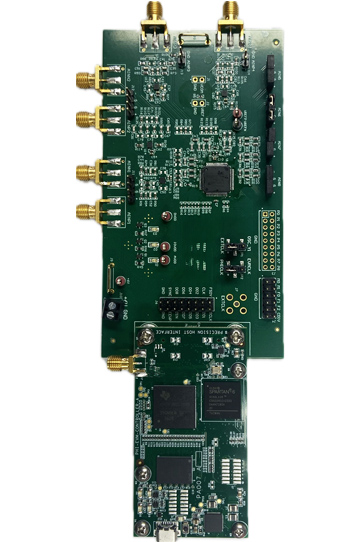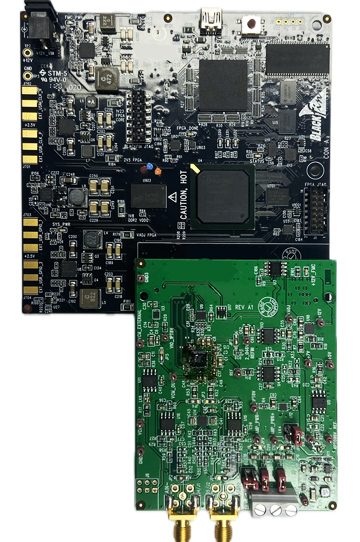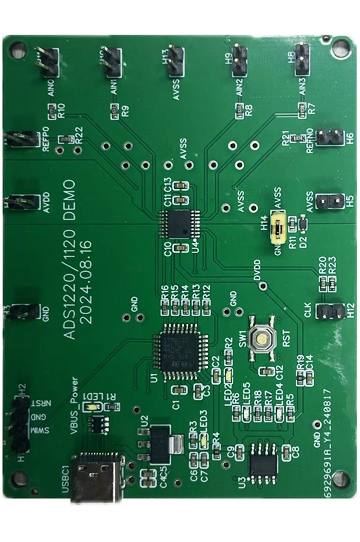About Us
DSown committed to designing, developing and providing high-performance, high-reliability industrial-grade signal processing chips to help customers achieve a better future. Through a proprietary design process, we provide large-scale, high-precision, high-stability analog integrated circuit products.
0
10 Years of Independent R&D, Backed by Rich Technical Expertise
0
A Senior R&D Team Accounting for 70% of the Total Workforce
0
A Diverse Portfolio of 100+ Product Models



